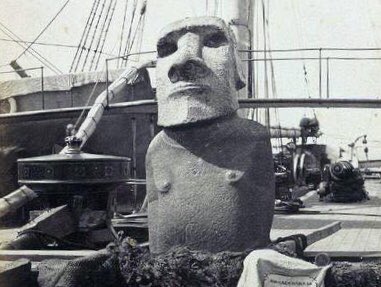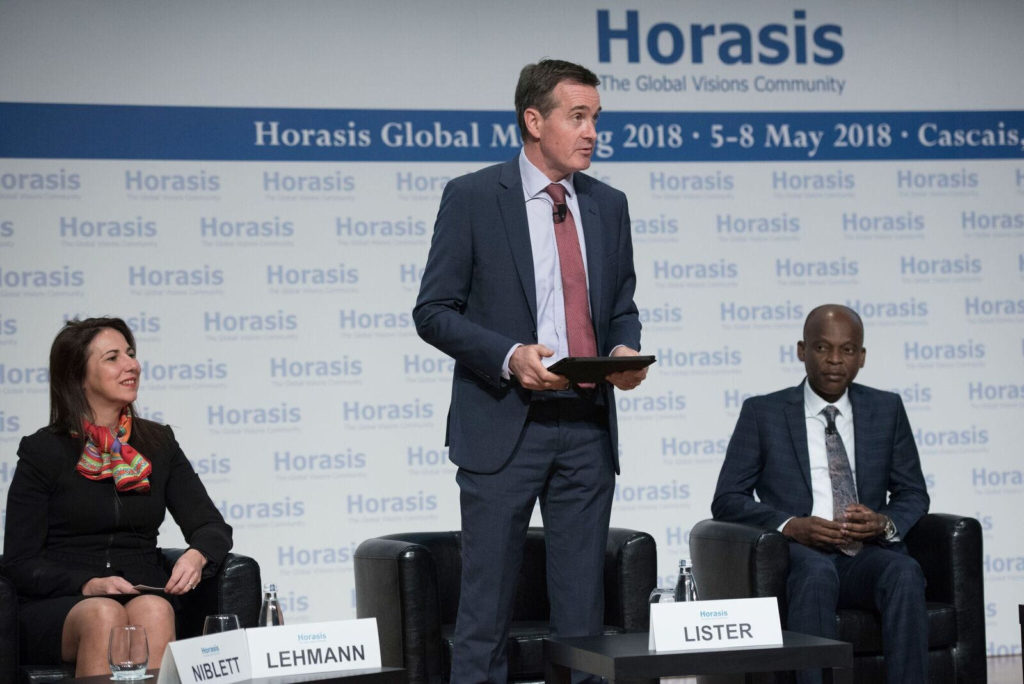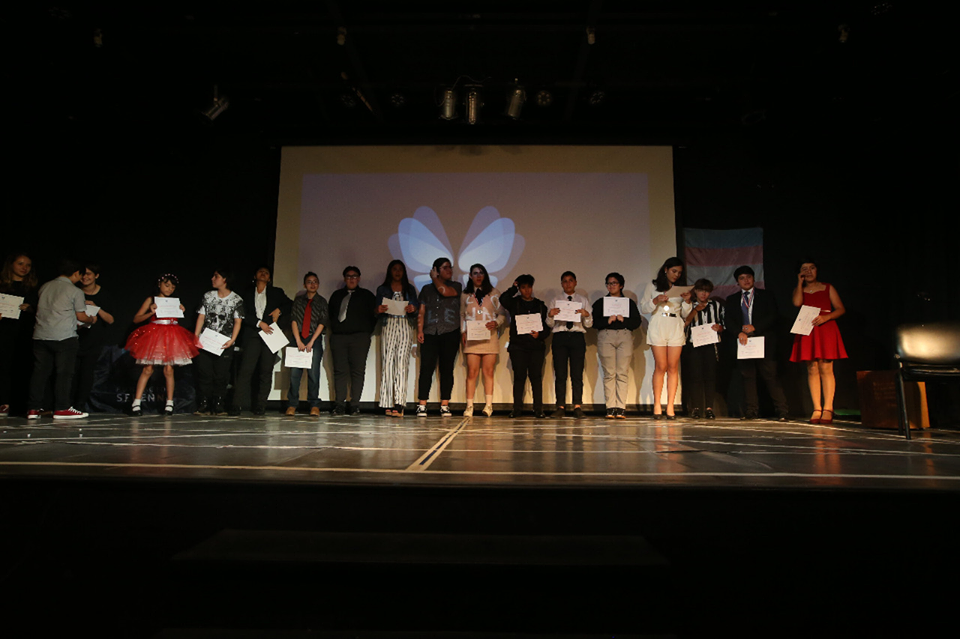Chilean authorities are in discussion with British museum curators as they attempt to get Chilean national pieces returned to their native country.
Most recently, the Chilean government has presented a petition for the return of the mylodon darwini fossils. This animal is a species related to the sloth that lived in Chilean Patagonia around 10,000 years ago, and BBC Mundo stated that it is considered one of the most emblematic animals of Chilean flora and fauna.
Buenos días. Que el Mylodon Darwini de piel endurecida les proteja el día.
imagen sacada de: https://t.co/2Coghu9gMq pic.twitter.com/UzRtsOsw6l— Gonzalo Iván (@TUE_TUE) 17 de junio de 2018
The fossils were discovered by German colonists in 1896 in the Magallanes region, around 3,500 kilometres south of Santiago. They were then taken to London a year later for analysis and were never returned to their native soil.
“We are talking with Chilean authorities about the Milodon subject,” London Natural History Museum representatives told BBC Mundo, without giving any further details. Felipe Ward, the Chilean Minister of National Goods, told the news outlet that the fossils are “in conservation, they’re not even being exhibited.”
However, this is not the only Chilean item that British museums have been reticent in returning. One of Easter Island (or Rapa Nui)’s emblematic moai statues, Hoa Hakananai’a, is one of the British Museum’s most popular pieces. Estimated to be over 1,000 years old and enduring hundreds of selfies a day, the 2.4 metre tall statue towers over the hordes of visitors, of which the museum welcomes over 7 million per year.
The statue was taken from Rapa Nui, an island identified as Chilean land, on a British boat in 1868, and never returned. In an attempt to open further discussion between the two countries, Ward had a meeting with a delegation of British MPs and representatives of Rapa Nui to discuss the possible return of the artefact. This meeting is a precursor to Ward’s upcoming trip to the British capital to discuss the same subject.
Mahani Teave, reconocida pianista de Rapa Nui, reconoce la importancia de repatriar el moai Hoa Hakananai’a a la isla. Revisa sus declaraciones ? pic.twitter.com/gYKsKqZ88S
— Piedad Jimenez (@piedadjimenezl) 5 de noviembre de 2018
“This meeting with MPs supports our visit to London and gives us a wider view of what is happening there,” Ward explained to Emol. “In this way, we are joining with supporters and friends in this campaign that we know is going to be a long one. But we will not give up this cause just because it is difficult, we know that it is fair, and as the government we support it because we understand how important it is for the people of Rapa Nui.”
READ MORE: “We are drawn to what we don’t know.” Artist Jorge Alderete talks about his Easter Island obsession
Although the British Museum have shown themselves open to discussion with the Chilean government, they also explained the importance of the sculpture to the establishment, as well as highlighting that in the British Museum, the moai can be seen for free.
“We think it is very valuable to present objects from all over the world, along with stories of other cultures, in the British Museum,” they said in a statement. The UK has traditionally been reticent to return artefacts the country gained during the colonial period, not just with Chile but also countries such as Greece, to which they refuse to return the Parthenon marble, despite a high profile case backed by human rights lawyer Amal Clooney. Eleven years ago, Chile made a formal request to the Victoria and Albert Museum for the return of a 18th century crown, and although the museum did award a “long-term loan,” it declined to hand over the artefact completely.
“These pieces would be best in Chile,” Ward stated to Concierto, although he added that “it was ever going to be easy.”






